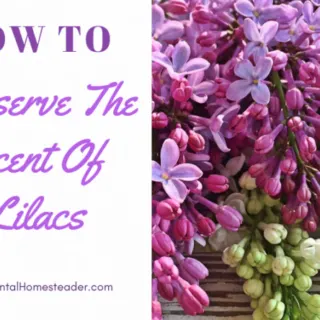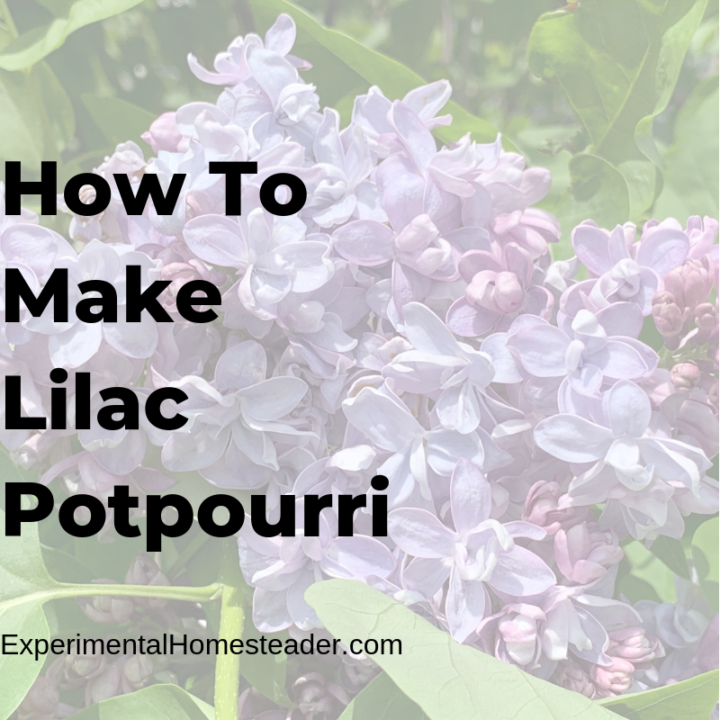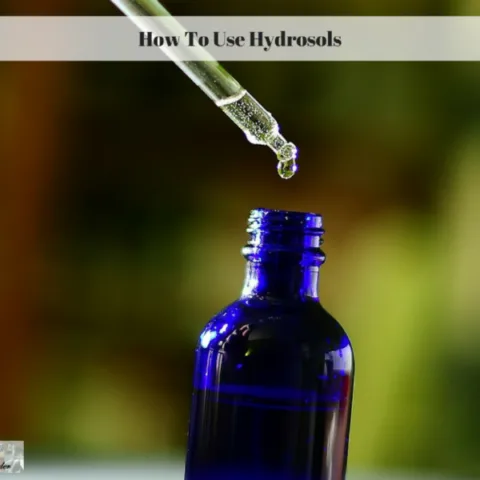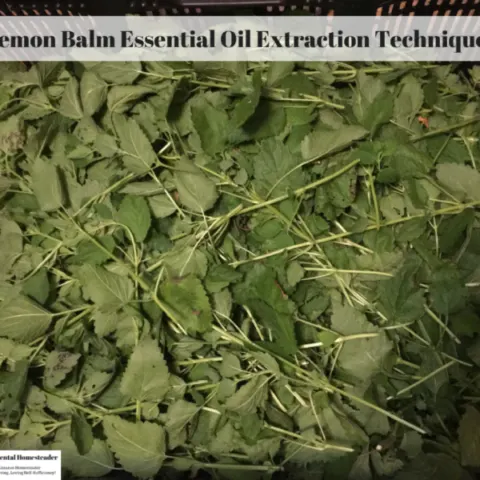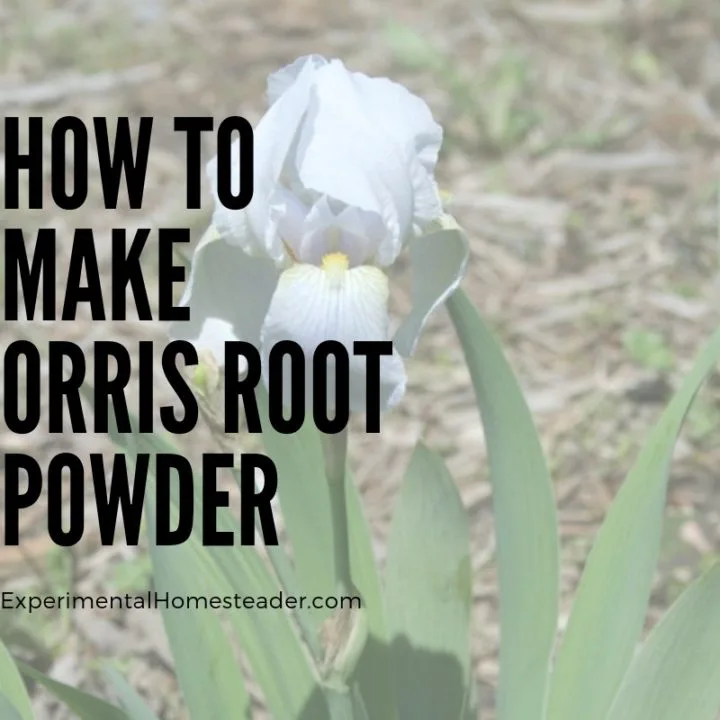There are many ways to get natural materials to make dried potpourri. You can collect plant material from your own garden or go for walks in the wild to forage for interesting pods, cones or other materials.
If you wild collect, make sure you have permission to do so. Look for materials that have been grown as naturally as possible. If the plant material has been sprayed you will be bringing all of those chemicals into your home with the plant material. Dried potpourri is easy to make.
The first step is to choose what plant material you wish to work with. Interesting natural bark, seed pods, pine cones, acorns, dried leaves and dried flower petals all make good choices.
The next step is to decide what you would like the potpourri to smell like. Choosing natural fragrances that compliment the essential oils you will be using is a good idea. You will also need a fixative to help retain the scent of your potpourri such as orris root or benzoin gum.
Once your potpourri is mixed up, put it in a large glass container with a lid. Set this in a cool, dark place and allow the potpourri scents to mix. Shake the container from time to time. When you are happy with the smell of the contents, go ahead and put some out.
Here are a few homemade potpourri recipes to get you started. Feel free to add or subtract botanical materials until you have a potpourri you are happy with.
Victorian Lavender Potpourri
Materials
- 1 ounce orris root
- 1 ounce lavender
- 1 drop vanilla essential oil
- 1 drop bergamont essential oil
Asian Potpourri
Materials
- ¼ cup camellia blossoms
- ⅛ cup rose petals
- 1 vanilla bean, cut up
- 1 tablespoon pine needles
Dream Mix Potpourri
Materials
- ⅛ cup lavender flowers
- 1 ounce cedar shavings
- ⅛ cup sage leaves
- 1 ounce orris root
- ¼ cup violets
- ¼ cup maidenhair fern fronds
Moist Homemade Potpourri
Moist homemade potpourri recipes are a little different than making a dry potpourri.
The scent can last for years.
Before beginning choose a pretty glass or ceramic jar with a lid.
You will need one that is fairly large for the recipe below.
Gather your ingredients together before you begin.
Moist Homemade Potpourri
Materials
- 10 cups rose petals
- 2 cups lavender buds
- ½ cup orrisroot, powdered
- 8 bay leaves
- 2 cups sea salt or kosher coarse salt
- ½ cup allspice, crushed
- ½ cup crushed cinnamon sticks
- ½ cup cloves, crushed
- ½ cup brown sugar
- ½ cup brandy
Instructions
- Begin by combining the rose petals, lavender buds and orris root in a large bowl.
- In a second bowl, combine the bay leaves, the salt, crushed allspice, cinnamon stick pieces, cloves and the brown sugar. Mix well.
- Once the contents of both bowls have been well mixed, get your glass or ceramic container.
- You will begin by putting a layer of the rose petal mixture in the bottom of the container.
- The next layer will be the brown sugar mixture. Continue alternating layers of materials until both bowls are empty.
- The next step involves pouring the brandy over the top of the mixture.
- Then lay a sex stone, which is just a large rock, on top of the potpourri material. Put the lid on the container.
- Over the next six weeks, you will need to stir the contents of the container every two to three days. You can add additional essential oils during this time such as rose, cinnamon or whatever scents you prefer.
- When the potpourri is ready to use, simply remove the lid and allow the scent fill the room.
- To keep the moist homemade potpourri recipes going, simply add ½ cup of brandy yearly, making sure you stir it into the mix.
- Another way to make a moist potpourri is to layer semi-dry plant material, add a layer of salt, then a layer of plant material.
- Keep alternating layers until your container is ¾ of the way filled.
- Put a sex rock on top and let it sit undisturbed. When the mixture begins to form a moist cake, remove it, add the fixatives, mix well and put back in the covered container.
- Release the smell by removing the lid.
Potpourri And Natural Fragrance Extraction
How To Preserve The Scent Of Lilacs
Do you love the lilac scent? Learn how to preserve the scent of lilacs yourself. You can use the fragrance extraction in homemade bath and body products.
How To Make Lilac Potpourri
Learn how to make lilac potpourri using flowers from your own garden. Also learn how to dry the flowers, refresh the scent and make the potpourri last.
How To Use Hydrosols
Many natural skin products contain hydrosol instead of essential oil. Learn how to use hydrosols in your everyday life plus find out where they come from.
Lemon Balm Essential Oil Extraction Techniques
Make your own scented oils and hydrosols with plant material from your own garden using essential oil extraction techniques.


